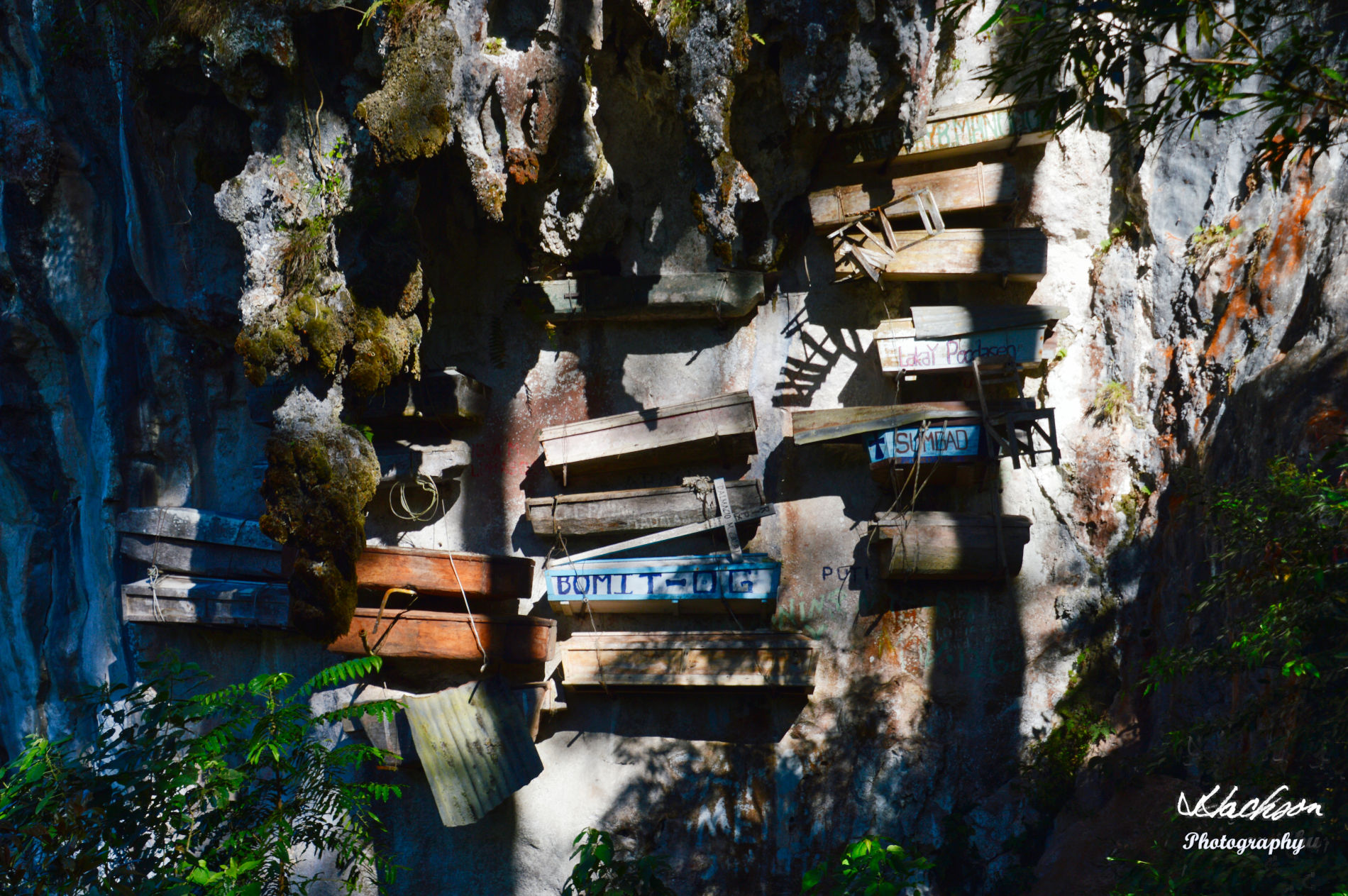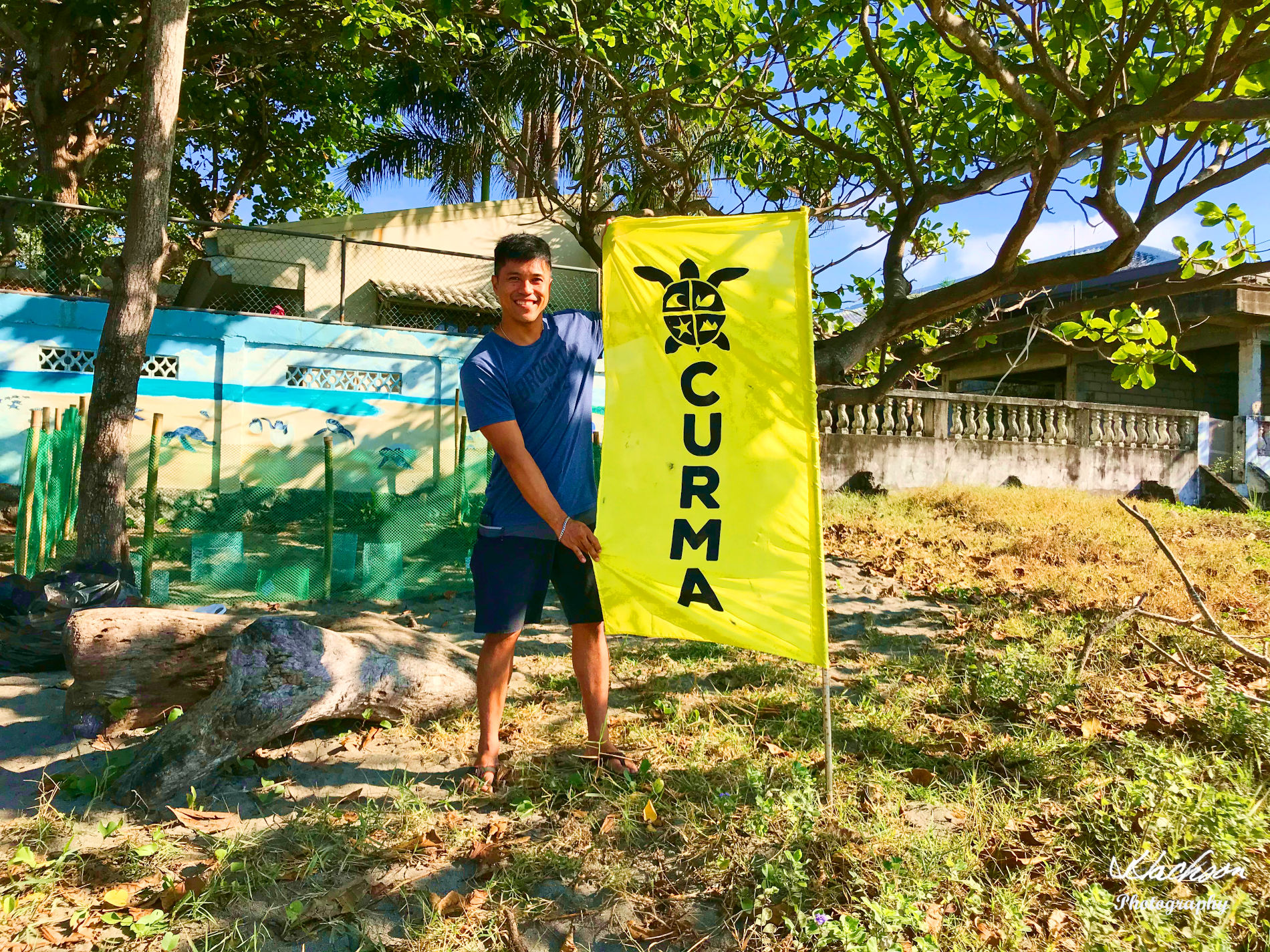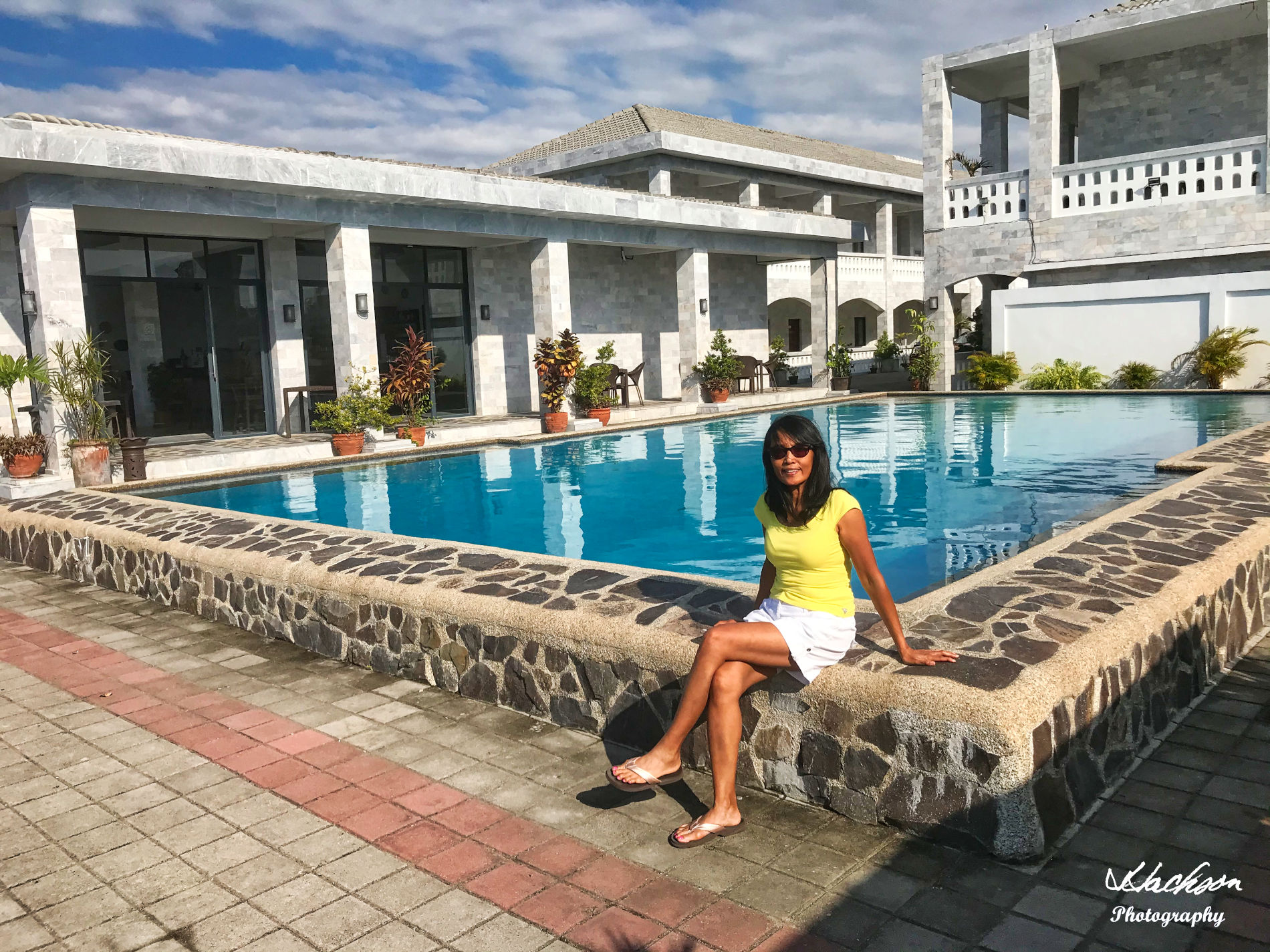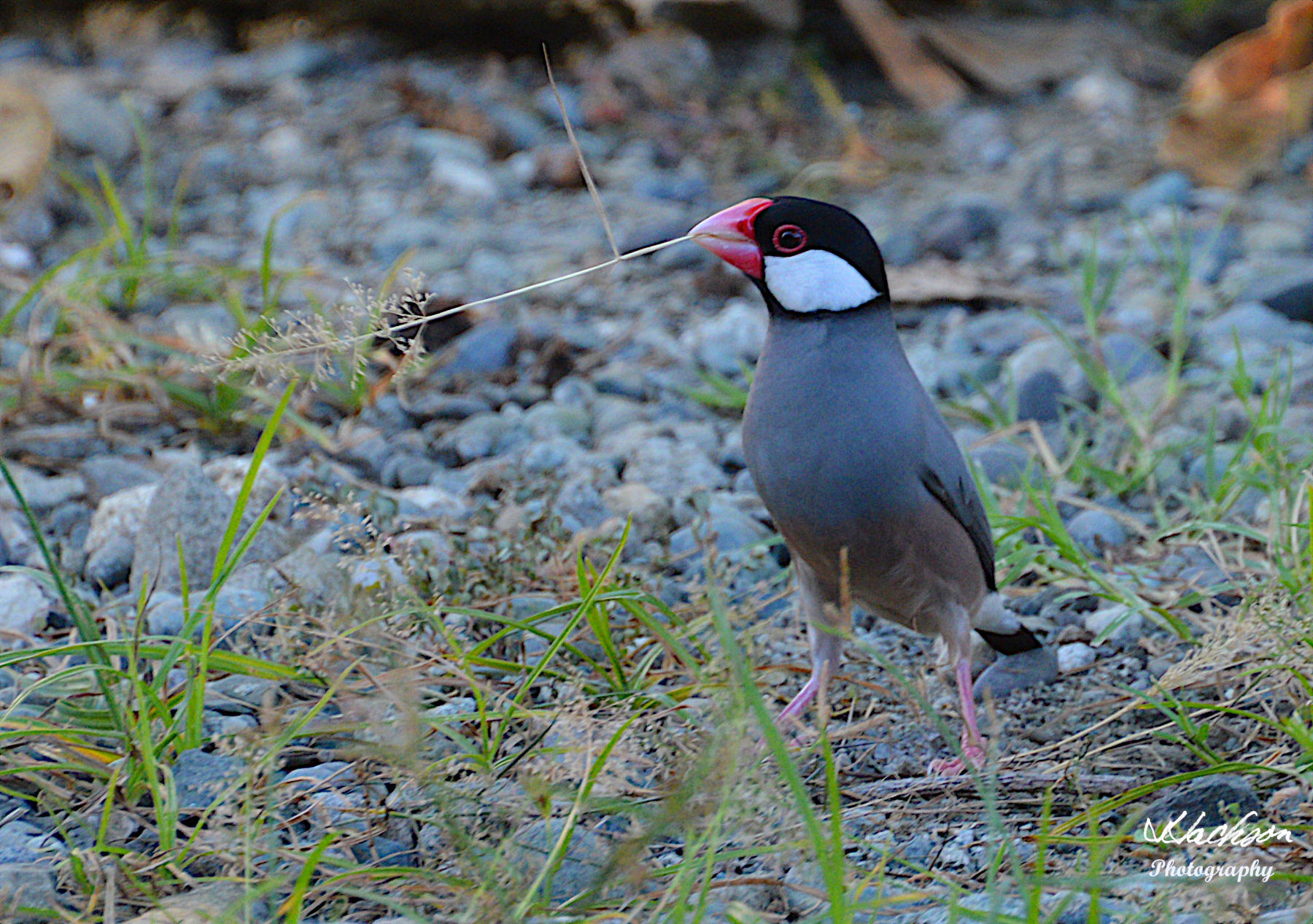The Hanging Coffins of Sagada

If you are heading to Banaue, the most famous rice terraces in the world, you will most certainly pass close enough to Sagada to stop for a break from the long journey. And a stop in Sagada would not be complete without a visit to the hanging coffins. A stop in Sagada should also be a good time to explore the city and enjoy a local meal. We stopped for a very nice lunch at Gaia Café which overlooks a spectacular mountain valley that is filled with rice terraces that rival Banaue.

Sagada, is an official municipality in the Mountain Province of the Philippines. In the 2015 census Sagada had a population of 11,127 people and is not far from the provincial capital of Bontoc (which is also worth a stop to get provisions for the journey to Banaue since Sagada has little to offer in the way of supplies).

Sagada is most famous for the hanging coffins which are located on the property that belong to the Anglican Church of Saint Mary the Virgin. Before entering the grounds, you must go through a rather complex and confusing process. Make sure that you have enough Philippine pesos! First you must register with the tourist office in Sagada, it’s easy to find and you can park in front of the office while you are registering. As of this writing it was 300 pesos to register at the tourist office. This is where it gets a bit tricky: When you pay the 300 pesos, the tourism office assigns you a local guide. We were led to believe that this covers entry fees and the guide. However, the 300 pesos does not include the guide and they are a bit lax when it comes to telling you about the rest of the costs. Anyway, the guide drives with you to the parking lot of the church so that you don’t get fined for illegal parking, which seems to be everywhere except in the church parking lot! Once there, the church parking lot attendant asks for another 50 pesos and then you can park. After you park and begin your trek to the hanging coffins, there is another booth that asks for your receipt from the tourist office, so keep it handy! Then, about 50 yards from that booth is another booth that demands 10 pesos per person for the Anglican church. But that’s not all, after you finish the tour to the hanging coffins, the guide asks you for another 300 pesos for their guide service!

Above, an unusual bleeding heart flower at Sagada
I get it that the various fees are basically equivalent to only about US $15.00, but since everything is connected to the same two organizations, it would be more open and less complicated if a tourist would know up front what the total costs are. It would sure make it easier if you could pay one fee at the tourist office, including the guide fee. Unfortunately, we never understood the need for the guide, who seems to be mandatory, because the trail was easy to follow, and he really didn’t offer much in the way of historical details. At the end of our tour we were about to give him a nominal tip, but when he literally demanded 300 pesos for his guide service, well, we didn’t tip him. He was quite rude about it and I mentioned to him that it would be much better if they would charge one fee, up front, but he seemed to feel that their complex process was good enough. He refused to give us a receipt and told us if we wanted one that we would have to go all the way back to the tourist center. We didn’t bother.

Above, a monkey tail fern looks a bit spooky along the trail
The native guides, known as Kankanaey, are an indigenous people from this area and of the Northern Philippines. Collectively the Kankanaey are part of the group of indigenous people that are known as the Igorot people, who speak their native Kankanaey and Ilicano. The Kankanaey live in the western Mountain Province, northern Benguet and southeastern Ilocos Sur, and in the municipalities of Sagada and Besao, of the Mountain Province. Interestingly, DNA research has found that the Kankanaey of the Philippines and the Atayal people of Taiwan, were most probably among the original ancestors of the Lapita people, who were expert seafarers and navigators that discovered and populated oceanic islands in the Pacific. Their descendants are the Polynesians, who went on to populate numerous islands from New Zealand to the Easter Island, Hawaii and the Polynesians Islands.

Above, this is the traditional way for the burial of people at Sagada. Our guide mentioned that only the elders of the village can be buried in the hanging coffins on the nearby mountain. He also mentioned that in order to be buried in a hanging coffin, the person must have been married and had grandchildren.

It is said that a man named Biag from the village of Bika in eastern Abra Province founded Sagada as an ili (village). Apparently, headhunters were constantly raiding the village of Bika where Biag and his family lived. The good citizens of Bika fled their village and Biag’s family settled in Candon, Ilocos a region in the northwestern coast of Luzon island. Eventually Biag’s family decided to continue their migration toward the mountains. The brother, Balay, returned to Candon, while another brother settled along the Abra River and a sister moved to Abra. Biag didn’t stop until he traveled far east to what is now the village of Sagada, at the upper end of the Malitep tributary of the Chico River.

The Igorot (Tagalog for ‘mountaineer’) are an ethnic group that live in the mountains of the Mountain Province of northern Luzon. These mountain people have held steadfast to their traditional way of life and their long-ago established religion. They live in somewhat isolation in the tropical foothills of the highlands and pine forests, and grasslands higher up. No longer wishing to be called “Igorot” or the somewhat demeaning “mountain people” these people prefer to be called “Highlanders” which really is more appropriate for these brave people. Their isolation and the ruggedness of the terrain is attributed to the fact that very few Spanish conquistadors came to Sagada during their occupation of the Philippines. Eventually a Spanish Mission was founded there in 1882 but native culture was preserved, and the Spanish influence was minimal.

Once you leave your parked car you follow a well-marked trail that is not too difficult to traverse. It is about a quarter of a mile from the parking area until you see the hanging coffins. It is not a level trek and there are many steps to navigate. Along the way you can see several coffins inside of caves that are adjacent to the trail. The climate here is known as a subtropical highland climate that gets an annual amount of about 36 inches of rain, which falls typically between May and October. The temperatures are cooler than typical parts of tropical Philippines with the daily average ranging from about 62 to 68 degrees Fahrenheit. Wear appropriate shoes as the trail is sometimes damp and slippery.

The trail zigzags through a “standard” cemetery which is not only historical but also quite worth the trek to the hanging coffins. At the first overlook, above, that you come to, you can either choose to hike the remaining distance to get very close to the hanging coffins or remain there if you are concerned about your fitness. Either way, if you stay at the first overlook or continue the rest of the way, make sure that you have plenty of water and take out anything that you bring in.

There are a few ways to reach Sagada. We hired a driver who picked us up at San Juan, La Union at 5:00am. We drove first to the mountain town of Baguio which took about two hours. After a breakfast at a fast food chain we began the twisting and turning drive on a most tricky but scenic mountain road. It is immediately apparent that the high mountain road had its earlier life as a small mountain trail that followed the contour of the peaks and valleys. The Halsema Highway, known as one of the deadliest roads in the Philippines, is suited only for the most experienced driver. Driving in the Philippines is a challenge at best but driving on this narrow mountain “highway” is almost death defying. The valleys below are shaped by steep mountain embankments and the barriers are almost symbolic.

Above, a more recent burial at the hanging coffins.
From Manila there are several tour groups that you can reach out to for planning a trip to Sagada and the Banaue rice terraces. There are so many that I will not endorse any, nor will I endorse any of the several bus lines that traverse here simply because we did not use any. Personally, we found it much better (and safer) to hire an experienced driver who had been there before and who lives near our hotel in San Juan. Our tour group consisted of 7 people including our driver. After our visit to Sagada, our tour continued to Banaue where we spent the night. Our return home to San Juan the next day went a circuitous route heading west from Bontoc through Cervantes and the Bessang Pass National Park. At one mountain top summit we purchased some amazing fresh ground coffee famous in this region. It is grown in these misty mountain tops, open roasted the traditional way on an open fire using a wok-like pan. After this stop we continued the long drive until we reached the coastal MacArthur Highway.

Above, goblin-like formations can be seen wherever you look in the vicinity of the Sagada Hanging Coffins
Tourism has grown significantly in the Sagada area where several inns, restaurants, souvenir shops and other tourism related commerce have sprung up. Agriculture has also begun to thrive in the area that is known for beans, cabbage, carrots, coffee, green peppers, potatoes, and tomatoes. In the late 1880s the Spanish invaders introduced Arabica coffee as well as citrus products like lemons, limes and oranges to the area. After the defeat of the Spanish, the Americans introduced strawberries and even peaches that do well here because of cool highland climate.

Above, the limestone formation where the hanging coffins are situated with a goblin above looking over them.


Above, a skull can be seen inside a cave where several coffins have been placed
Before you go, remember that this is not typically a round trip that can be done in one day, unless Superman is your driver and the butt and back rest of your vehicle is amazingly comfortable. It took us nearly 8 hours to get to Sagada, another 3 hours to Banaue and about 10 hours to get home to San Juan from Banaue. My advice, get a hotel in Banaue, spend the night (or two) there before continuing your journey. (More on Banaue in another blogpost.)
Bring plenty of drinks and food because there is not much on any part of this journey. Bathroom breaks are also sparse. Bring toilet paper and hand sanitizer! Make sure that your vehicle is in well-maintained condition and get gas whenever you get low and find a place for petrol! A first aid kit is a good idea and so is a product called Sea Band for anyone who suffers from motion sickness.
The road from Baguio is almost entirely filled with constant left and right turns with steep cliffs and marginal barriers. The road from Banaue to the MacArthur Highway is filled with a constant series of steep up and down undulations and an infinite amount of left and right turns. There are few stretches of road that are straight!

Above the “pay toilet” at the Sagada Hanging Coffins. You must pay 5 pesos to pee, and ten pesos to poo. And as part of the overall confusing nature of the way this tourist attraction is run, we could not understand how they know if you actually went poo, or simply passed a little gas, or just went pee!
In truth, I was not overwhelmed by our visit to the hanging coffins of Sagada. I had seen photographs of the place and felt it might be worth a stop. Certainly, it was a necessary rest stop for our driver who worked tirelessly to get us there safely. However, the stopover cost us precious time that in hindsight I wish had been spent getting to Banaue. As it was, we arrived late in the day at Banaue and missed an opportunity to photograph the rice terraces near the golden hour of sunset.
In keeping with the theme of accumulating drops in the bucket of life’s adventures, I can certainly add this as “a place that I have been to.” However, overall it was underwhelming.
All photographs are the copyright of Jim Jackson Photography. Please contact me for authorization to use or for signed, high-resolution copies.
If you enjoyed this post or found it useful, please like and share, thank you.


